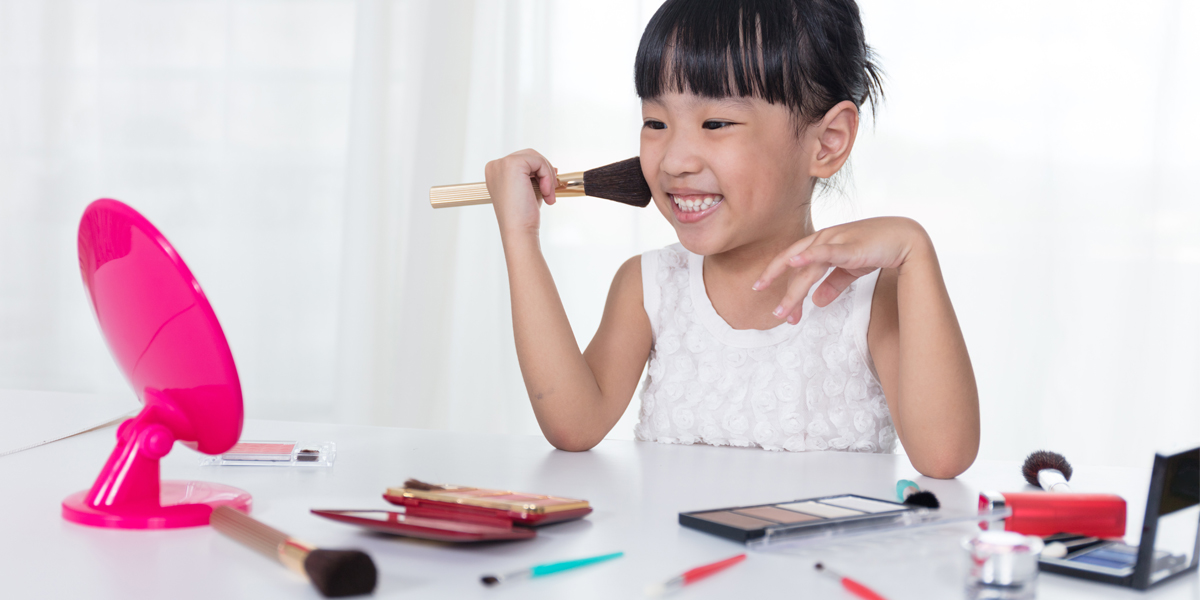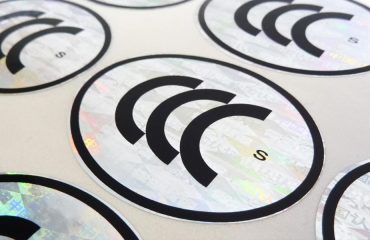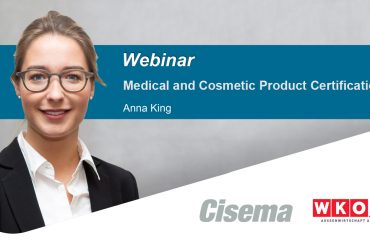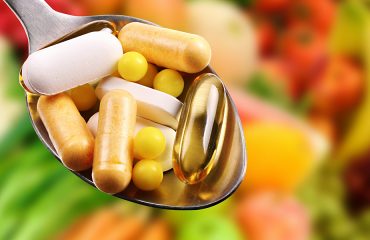Children cosmetics technical guidelines in China have been newly issued (No.1-2023) by the National Institutes for Food and Drug Control (NIFDC) on August 31, 2023. The guidelines set out comprehensive technical requirements for child cosmetic products, encompassing details such as product names, formulations, standards, labeling, inspection reports, and safety assessment data. This blog post explores the key aspects of these new guidelines and their implications for manufacturers and importers of child cosmetics to understand the foundational framework for compliance in the industry.
Product categorization and age groups
Child cosmetics are categorized into two groups: products intended for “infants and toddlers” (0 to 3 years old, inclusive) and those for “children” (3 to 12 years old, inclusive). Each category has specific limitations on claimed functions, differing in areas such as cleansing, moisturizing, beautification, fragrance, hair care, sun protection, and soothing properties. These distinctions are vital for complying with the guidelines.
Requirements for the use of raw materials
The China regulator emphasized that the formulation of child cosmetics must prioritize safety while meeting essential efficacy requirements. Manufacturers are advised to use simpler formulations to reduce the risk of allergenic or highly irritating ingredients.
The guidelines explicitly list ingredients that cannot be used in child cosmetics. Prohibitions include using new cosmetic ingredients still under safety monitoring, substances with unclear safety records for children, materials derived from genetic or nanotechnology, and those primarily used for purposes such as skin lightening, acne treatment, hair removal, deodorizing, dandruff control, anti-hair loss, hair dyeing, or permanent waving.
If no alternative raw materials can be used, the product safety assessment materials should come with a product formula analysis indicating the raw materials that must be used and other raw materials cannot be replaced. Furthermore, it is imperative to elucidate the origins of the raw materials, focusing exclusively on those derived from nanotechnology or gene technology preparations. A comprehensive safety assessment for children’s use must be conducted, including the provision of safety evaluation test results as substantiating evidence, when deemed necessary.
Microbiological and physicochemical indicators
When the pH range is set in any of the following situations, a scientific and reasonable explanation shall be provided and a full safety assessment shall be conducted: (1) the lower limit of the pH range is set ≥ 3.5 but < 4.5; (2) the upper limit of the pH range of resident cosmetics is set > 7.5 but ≤ 10.5; (3).For rinsing cosmetics, the upper pH range is > 8.5 but ≤ 10.5.
Toxicological test report
The acute eye irritation/corrosiveness test results of children’s cosmetics should be non-irritating or slightly irritating, and only when the test results are non-irritating, the tear-free formula can be claimed; the skin irritation/corrosive test results should be non-irritating, the skin allergy test conclusion should be non-allergenic, and the skin phototoxicity test results should be non-phototoxic.
Human efficacy test report
The sales packaging labels of imported children’s cosmetics are marked with SPF value, PFA value, PA, UVA protection or declared “waterproof”, “sweatproof” and “suitable for outdoor activities such as swimming” and other relevant content, SPF, UVA protection test report or waterproof performance test report shall be provided, and the test items shall not be reduced by modifying the labeling of the sales packaging label (including the manual).
Product safety assessment data
Safety assessments for imported child cosmetics should consider Chinese children’s skin exposure data and unique product usage patterns. In principle, the actual safe use concentration of the same raw material in children’s cosmetics is lower than the safe use concentration in adult cosmetics.
Encouragingly, the guidelines permit the use of safety assessment data from similar formulations that have been on the international or domestic market for several years, bolstering the case for safety and efficacy. When conducting exposure assessment of cosmetics, priority should be given to citing the evaluation documents of domestic and foreign cosmetics research institutions or publicly publishing the exposure data of children’s cosmetics in the exposure research literature.
Principles of formulation design for children’s cosmetics
- When incorporating more than four types of colorants, a comprehensive rationale for the selection of raw materials shall be provided to establish the scientific basis and necessity for their respective dosages. Relevant research shall be carried out to ensure the safety of the product’s usage. Additionally, when deemed necessary, human safety test data should be submitted as substantiating evidence.
- In cases where the number of preservatives employed in consumer products approaches the threshold defined in the “Safety and Technical Specifications for Cosmetics,” which is more than 90%, or when utilizing more than five types of preservatives as outlined in the same specifications, it is essential to provide a sound scientific foundation elucidating the choice of raw materials and the compelling scientific necessity behind their dosages.
- Surfactants should be used reasonably, placing safety as the priority consideration while ensuring essential efficacy. It is not recommended to use raw materials such as quaternary ammonium salt cationic surfactants. If the utilization of quaternary ammonium cationic surfactants becomes a requisite, a thorough analysis of their scientific justification and necessity must be undertaken. If necessary, human safety test data should be submitted as evidence support.
- In principle, there should be no more than five types of chemical sunscreens in the formula and the amount used should be lower than the limit of the “Safety and Technical Specifications for Cosmetics”. Furthermore, when simultaneously incorporating titanium dioxide and zinc oxide, the cumulative usage should not exceed 25%.
Evaluation of the use of raw materials such as flavors and fragrances
If the flavors and aromatic vegetable oil raw materials used in children’s cosmetics contain possible allergenic fragrance components, in principle, the content of possible allergenic fragrance components in the product should be calculated, and if it is > 0.001% in resident products and >0.01% in rinsing products, the safety of children’s use should be fully evaluated and marked in the product label.
Further information
Read the original NIFDC announcement on technical guidelines for children’s cosmetics.
Discover our services for cosmetics and raw material manufacturers.

 Deutsch
Deutsch  Italiano
Italiano  Français
Français  日本語
日本語  한국어
한국어 



